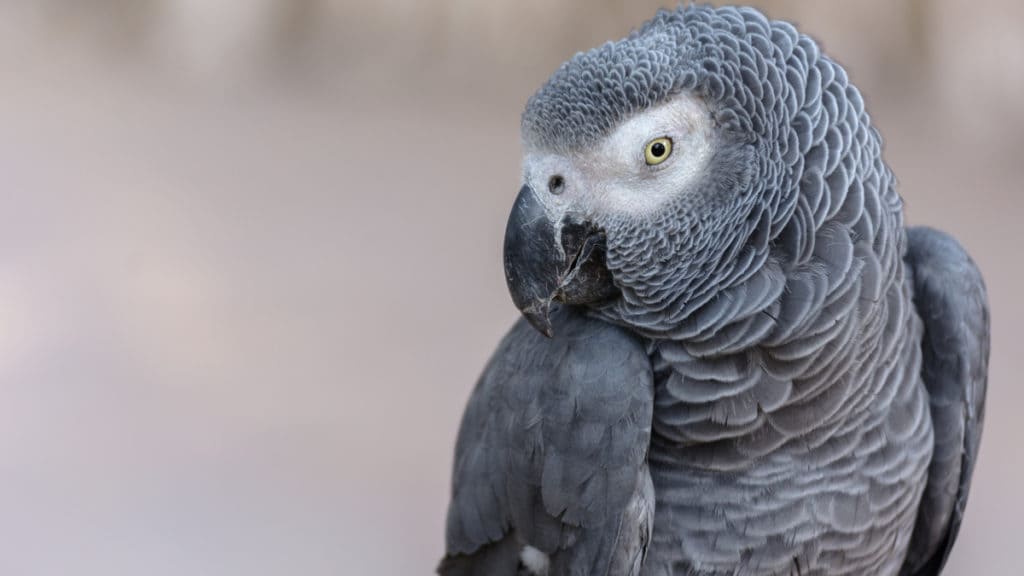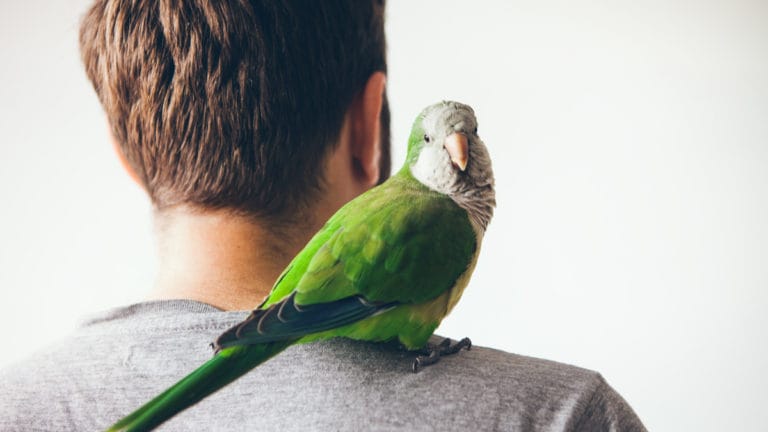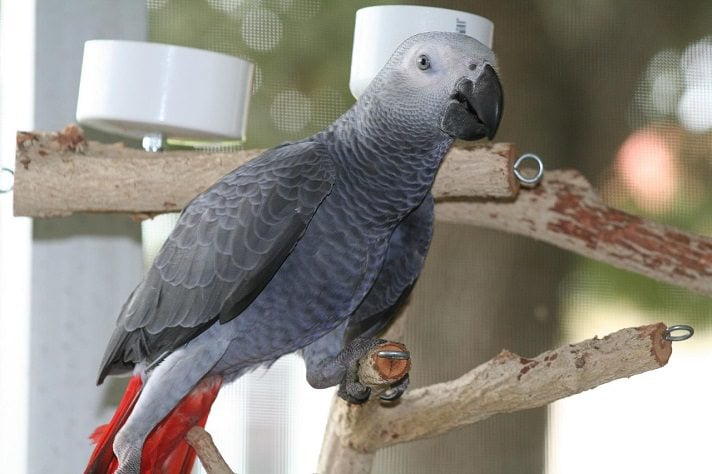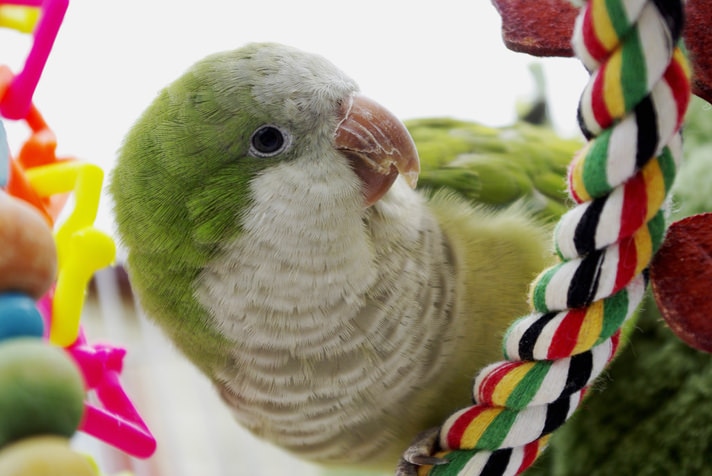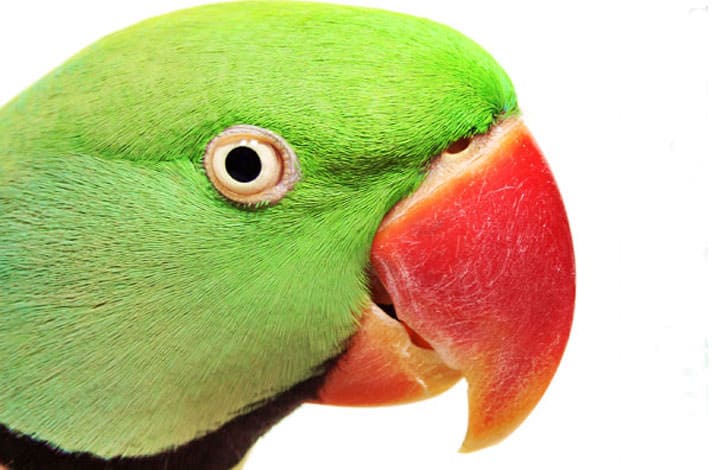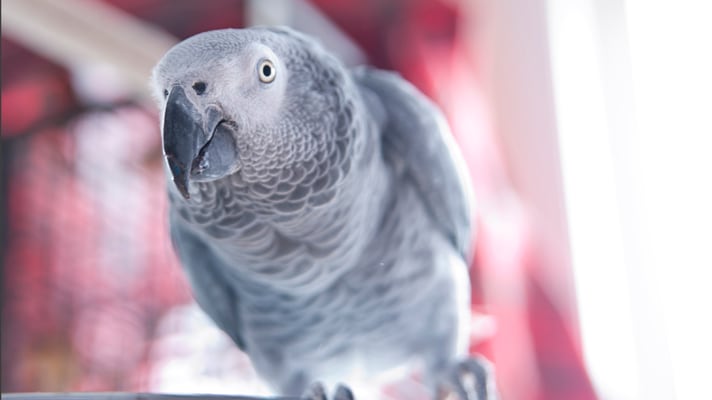There are many factors that contribute to when a baby bird will begin to wean.
Most aviculturists classify birds as babies from the time they are hatched up until when they are weaned and only eating adult food. Weaning is a critical stage in a bird development. This is when a bird learns to eat on its own, develops important social skills for coexisting in the flock, and transitions over from being a baby bird to an adolescent bird.
In general, smaller bird species wean at an earlier age than larger birds, and softbills wean sooner than most psittacines. Some average weaning age ranges for bird species kept as pets are:
African grey parrots – 12 to 14 weeks
Amazon parrots – 12 to 16 weeks
Budgies (Parakeets) – 5 to 6 weeks
Caiques – 0 to 12 weeks
Canaries and finches – 2 to 4 weeks
Cockatiels – 6 to 8 weeks
Small cockatoos – 13 to 15 weeks
Large cockatoos – 16 to 18 weeks
Conures – 7 to 11 weeks
Eclectus – 12 to 17 weeks
Lories – 6 to 10 weeks
Lovebirds – 6 to 8 weeks
Large macaws (other than a Hyacinth macaw) – 15 to 24 weeks
Hyacinth macaw – 30 to 35 weeks
Small macaws – 11 to 15 weeks
Parrotlets – 6 to 8 weeks
Pionus parrots – 11 to 13 weeks
Senegal parrots – 10 to 11 weeks
Toucans – 7 to 9 weeks
Exactly what age a bird weans at varies, depending on a number of factors. Parent-reared chicks usually wean more slowly than hand-fed babies, and birds in the wild typically take longer to wean than birds bred in captivity. Sometimes aviculturists allow their baby birds to wean at their own pace (rather than force the birds to wean by certain dates), and this too can lengthen the weaning process.
Loved this article? Then check out these:
How to Wean Baby Parrots
Baby Parrot Development Stages
Posted by: Chewy Editorial
Share:
